Column
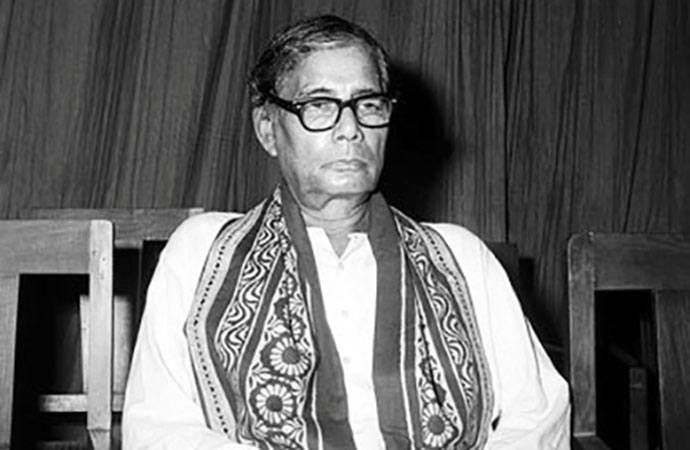
Poet Jashimuddin
The poem "Kobor" by poet Jashimuddin is one which every school goer had to read. The inaugural line, "aikhane tor dadir kobor dalim gacher tole, dalim gacher tole..." (this is where the grave of your grandma is/under the dalim tree) is an evocative line that remains permanently with the reader once read. It's both sad and beautiful and is one of the first literary introductions to mortality for a young person. It goes beyond literature and has become part of the cultural expression of a people called Bangladeshi.
Considering the social significance of the poem and its space in the wider consciousness of the Bangladeshis, it's less of an academic issue and more part of the collective sentimental social space. The kind of intellectual interest that the poems of Nazrul , Tagore and Jibananda enjoys is not bestowed on the "Kobor" poem let alone Jashimuddin though the poem is probably as deeply ingrained in the collective imagination of a people than most poems of its era and written by others. It's considered more a socio- cultural icon than a literary masterpiece.
The answers to that could be many but it somehow is pegged into a corner as a niche product. And most critics identify it as it was first identified as - a rural poem. That definition was guided by the colonial sensibilities of the Kolkata cognoscenti but still dominates the mind of the establishment that chooses the literary values of any such product.
To that sensibility, modern poetry is fundamentally understood as urban and urbane, more attuned to the angst of the emerging or birthed colonial world driven by class and community, society and social location issues. By that set of definitions, Kobor certainly wouldn't qualify.
Perhaps nostalgia for a left behind peasant world could have saved it, like Jibananada's 'Ruposhi bangla' , but it's not a romanticized celebration of nature without any social identity or reality. "Kobor" is about people and that too of a particular social segment. It has to compete with the value stricture of the urban middle class in whose eyes the poem is not just "rural" but that also means "rustic" or unsophisticated. This cultural "otherisation" of the humans populating the poem is inevitable given the route Bangla poetry critics constructed and from which current literary values have also evolved.
The point is, "Kobor" is not just a poem but a signifier of a people who have lived through much history of denial and struggle and survived without undertaking the route of colonial collaboration. It's not just a literary document based in creative texts but is as much a social document of a world not often discussed in mainstream Bengali literature although they have remained the majority in every sense.
The poem as anthropology
The poem has been described from literary and elegiac standpoints but it's also possible to read it as a narrative describing the state of rural life of the majority people of Bengal of that era. This is significant because it doesn't just discuss a series of tragic deaths taking place in a family but the contexts and backgrounds of such deaths are discussed as well.
This makes the poem a source of information on the state of society of the people on whom its based, making it go beyond a description of rural life. If we are to examine the poem not just as a literary output but qualitative data on the state of life of this population segment mentioned in this part of Bengal, it also proves to be valuable.
We learn about social customs and practices including marriages and child marriages as well as what many women experienced as "family oppression" in their husband's homes. The lack of safety and health services access is also another information source not just the social scenery not always gender sympathetic.
But leaving aside such information, we also learn about the emotional landscape of the rural middle class, a sector not discussed much due to data paucity. The poem fills that gap significantly and that is why it becomes a way to learn albeit on an emotional route of how lives were actually lived a hundred years back by people of the kind without dressing them up as adoration of nature only without the people playing a role in making up the scenario.
The poem's social structure and identity
The narrator of the poem or a monologue is a man - a grandfather- who shares the pain with his grandson of seeing no less than five deaths of his close family members. This includes not just his wife - the Dadi or grandma of the poem's title, the child's grandma- but also the elderly man's children and daughter -in-law. So the graves are also that of the boy's own parents, uncle and aunts.
It's a long painful tale and such a death list would be very unusual even given the inadequate health and safety scene of village societies of that era. So the narrative of deaths actually symbolized by the graves are also about the depletion of life and the despair that comes with a lived life in rural Bengal.
But the purpose of the poem is not just to present life and death as the sequential scenario that existed in rural Bengal at the beginning of the 19th century but mention the uncontrollable forces of nature and history too, closely mirroring the essential "pre-deterministic" value culture of religious values where salvation must be sought at divine hands and seek the certainties of an afterlife. The poem's protagonists also do so at the final paragraph of the same affirming the normative attitudes towards life and death, the universal cultural attitude of that time as held by society in general.
Thus the poem serves both as an anthropological information source but also as a socio-religious doctrine where the notion of surrendering to the Supreme will is an important part of the faith doctrine to cope with the winds, fair and ill, that life brings. Hence it can't be described as a simple "elegy" or mournful poem but a carefully crafted narrative reflecting the ways of life, attitude and value structure of the rural Bengal Muslim societies.
While the tone of the poem is inevitably mournful rather than elegiac in some sense, the extraordinary cruelly of circumstances that surrounds the protagonists can't be denied as a literary tool as well. The fact is also there that the ritual of burials or "kobor" /grave belongs to the Muslim community so it's depicting a particular social community's life scape. In other words, while at one level it looks at the general situation of rural Bengal, it sharpens the focus on the state of reality of the Muslims population segment community of the same society.
The "rural" poem
Jashimuddin was born in 1903 in Tambulkhana village of the then Faridpur district. It was an upper middle class home which had a staircase with trees all around the home. While some claim that the trees were the source of inspiration for this poetry that is probably not the entire matter.. The main content of the poem are not about to fruit trees but the tragic history of the narrator and his family who come from a peasant background. The trees are part of the socio-natural landscape.
The poem is about the life in a peasant world and this is significant. It's not a romanticized sylvan world that the poet describes but the ordinariness as well as the extraordinary trauma they may be facing at the hands of fate and society. It humanizes the rural household far more than any other literary work by following a story telling narrative through poetry sharing sequence after sequence of a dramatic and painful genealogy.
The poem was published in 1925, in the "Kallol" newspaper when poet Jashimuddin was still a student at the undergraduate level in the University of Calcutta. It was captioned under 'Gramya Kabita' or "rural poetry" by the magazine. It's interesting to speculate as to why it was not called "Gramer kobita" or "poems of/on the village" or village life and its reality. By calling it"Grammya", "Kobor" was pegged as a poem of the "others not of the mainstream". Maybe unconscious stereotyping was on.
"Kobor" created a huge stir because in that era and time such poems were rare if not unknown with total domination of the Bengal literary scene by the colonial elite mentality of Kolkata's urban culture. It shook the readers with its stark realism and transparent depiction of rural life to which the bhodrolok readers were not familiar with. The poem was included in the entrance exam (S.S.C.) syllabus even as the poet was still a student.
Tragedies and cultural construction
Tales of folk life are often tragic because life in general for the rural people were vas tough. Experiences of happiness, prosperity and peace were not part of their scheme of life so most tales have sad endings. When Jashimuddin was choosing to describe a multi-generational life history centered around a grave but a cemetery of sorts to be exact, he knew what was the task that he was performing.
The first part where the grandfather describes the child marriage , the first few footsteps of marital romance and the rest about building a family, the reader is exposed to his joy. The poet then turns those very imageries into transience moments as they end with the death of his bride pushing the poem to the main narrative stream of the poem, a much darker one.
The descriptions of death whether from illness - typhoid or accidents - snakebites - makes it a gloomy journey where the caravan of death rolls on and on. And the narrative is no longer about a single grave /kobor that the poem began with but a series of them which included his almost entire family. From a narrative of the blossoming of rural families it becomes the flowering of a death parade in a sylvan world.
The final word
The poem ends not just poignantly as such poems do but with an assertion of faith and fatalism. To the believers it is an assertion of religious cultural construction and using it to cope with life's turbulence. To others it's a tale about how little one controls the turns and bends of life and that tragedy always lends a hand to add to human helplessness.
Readers also need to appreciate the capacity of the poet to introduce a long form to basically narrate an entire novel within the shortest possible form-poetry It's here that the poem's success lies not just in the tragic tale but in the telling of it. It is no more a poem but a cultural triumph not fully recognized even a century later.
The article was published in the book "Shotoborshe Kobor" (100 years of Kobor) edited by Mofiz Imam Milan.








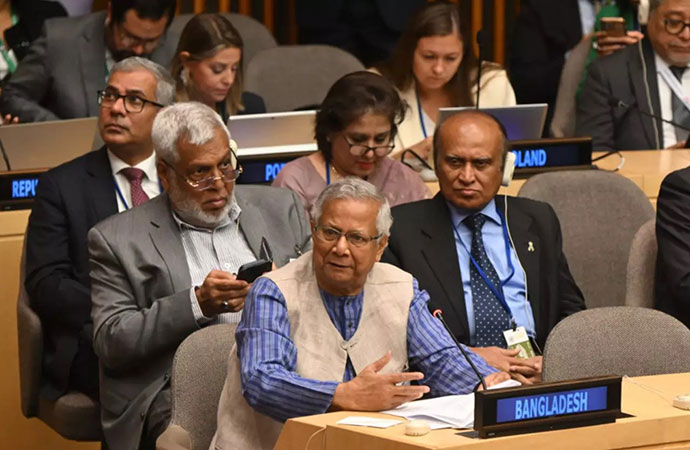

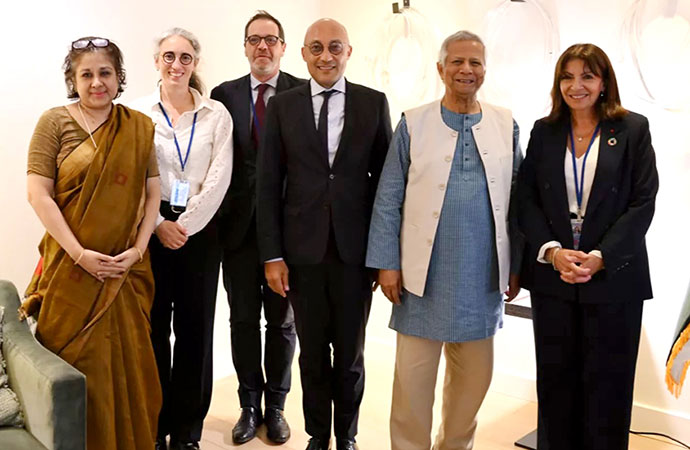



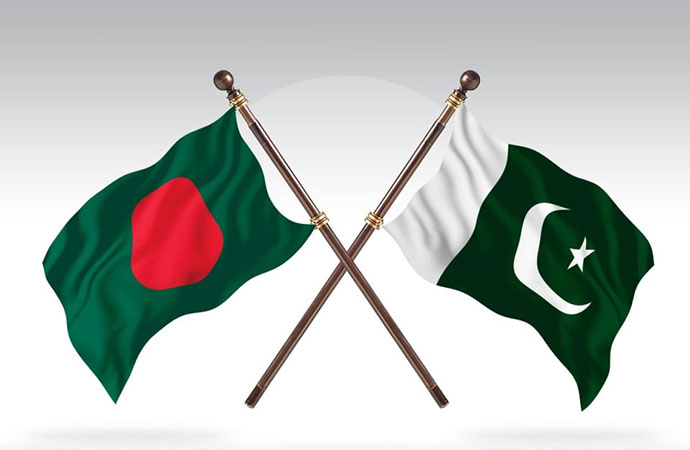

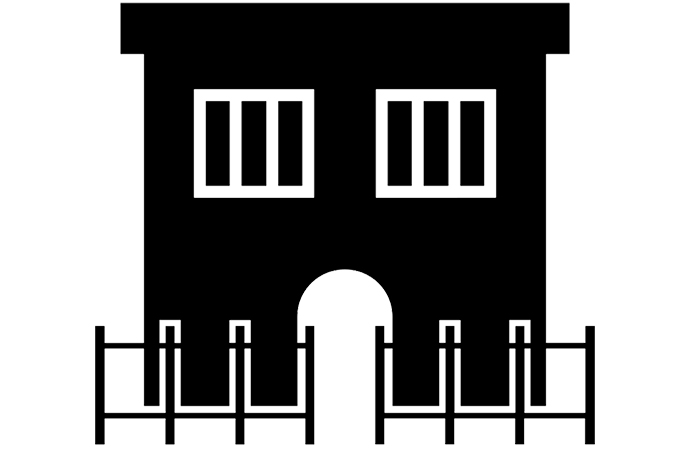







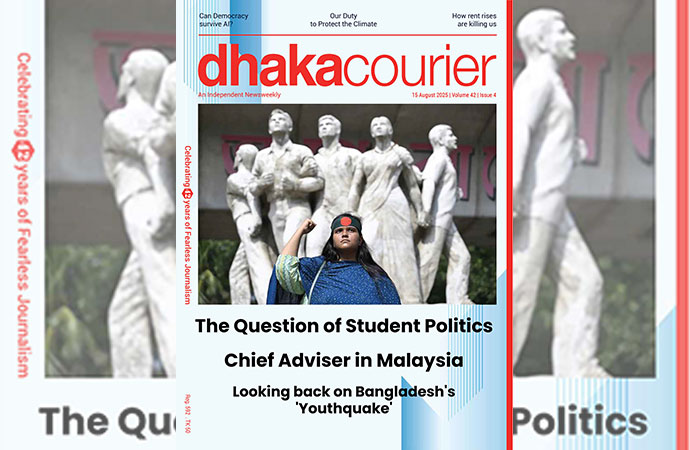
Leave a Comment
Recent Posts
Religion and Politics: A Toxic ...
At Dhaka University, cafeteria workers have been told not to wear shor ...
Enayetullah Khan joins AsiaNet ...
AsiaNet’s annual board meeting and forum was held in Singapore, ...
In a New York minute
Many leaders back a UN call to address challenges to ..
Defaulted loans at Non-Bank Financial Institutions ( ..
How the late Zubeen Garg embodied cultural affinitie ..